If your “Check Engine Light” is on, then a fault somewhere must have triggered a trouble code in your engine’s computer. You can’t tell whether the problem is in the fuel pump, EGR or elsewhere without using a scan tool, but we can look at the most common areas of trouble. This data comes from the Illinois Environmental Protection Agency’s findings for vehicles that failed their initial emissions test in 2009; this accounts for over 100,000 vehicles, or 6.3 percent of all vehicles tested that year.
Top Five Trouble Codes
In descending order of occurrence, these are:
- Catalyst System Low Efficiency
- Fuel Trim System Lean Bank 1
- EGR Flow Insufficient
- Fuel Trim System Lean Bank 2
- EVAP System Small Leak Detected
Together, these five codes make up nearly half of all the trouble codes triggered in vehicles that failed the emissions tests. Interestingly, the five most frequent systems or components that cause emissions failures are a bit different:
- EVAP System
- Engine Misfire
- Fuel Trim – Lean
- Catalytic Converter
- Oxygen Sensor
Combined, these five areas act up in 86 percent of emissions tests to cause failure. What does this mean? Simply that a system with more parts is more likely to experience problems.
Possible Causes Of The Most Common System Problems
Since we usually think of cars by the system, this section addresses the systems that experience the most issues as listed in the second list above.
- EVAP: The Evaporative Emission Control system keeps fuel vapors within your fuel tank, and the most frequent cause of this leak code is a missing or loose gas cap. If that’s not it, then you’ll probably have to use a particular smoke machine to look for leaks throughout the fuel tank and EVAP system.
- Engine Misfire: These codes only tell you that a cylinder(s) is not running correctly, and too many misfires are occurring within a set time period. A random misfire code, which indicates that the misfire bounces between cylinders, may be caused by a vacuum leak or a lean fuel mixture. If just one cylinder misfires consistently, then you could have a faulty plug wire, spark plug, or coil-on-plug ignition coil; a dirty or faulty fuel injector; or a bad valve or head gasket.
- Fuel Trim: LeanThis indicates either too much air or not enough gas in the air/fuel mixture. Fuel trim values over +12 confirm the lean running condition. This may result from a weak fuel pump, leaky fuel pressure regulator, filthy fuel injectors, vacuum leaks, leaky EGR or PCV valve, or faulty or dirty Mass Airflow Sensor.
- Catalytic Converter: If your catalytic converter’s efficiency falls low enough, a trouble code will be triggered. Usually, this indicates that the converter must be replaced; it can’t be rejuvenated.
- Oxygen (O2) Sensor: This sensor allows your engine computer to adjust the air/fuel ratio to increase fuel economy and decrease emissions. O2 heater circuit codes set if there’s a problem with the circuit used to warm up your O2 sensor when you start the engine. An O2 sensor performance code sets if your sensor readings stay too low (lean), too high (rich), don’t change fast enough, or fail to change at all; you may have a failed O2 sensor, an exhaust manifold vacuum leak, a bad exhaust valve, or a misfiring spark plug.

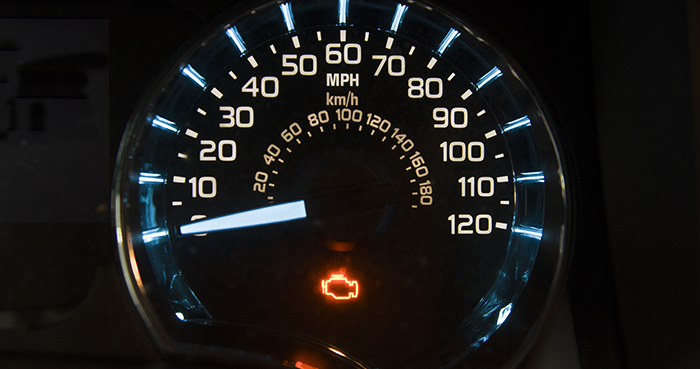
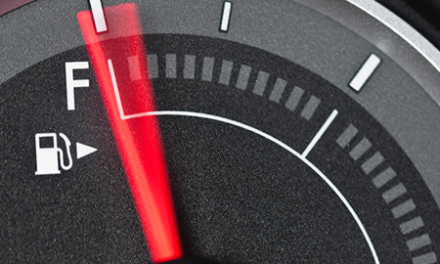
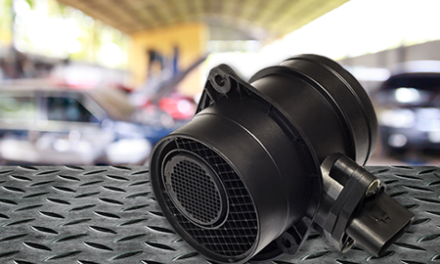
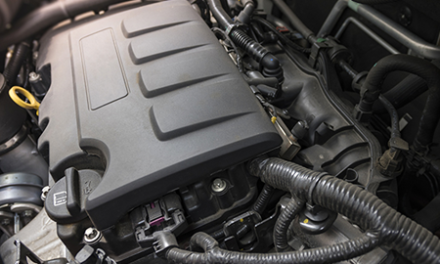
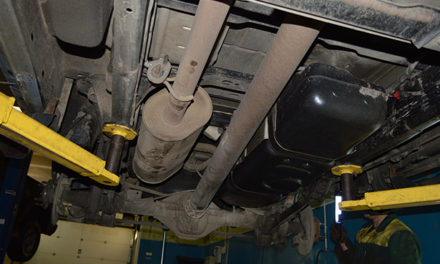
![[Vehicle Fitment]: Compatible with Chevrolet Cruze 2011-2015, Cruze Limited 2016, Sonic 2012-2015---L4 1.8L [Reference Number]: The A-Premium Fuel Injector's reference number: FJ1153, 800-2189N, 8002189N, 55570284, 25185231. Before placing an order, ...](https://m.media-amazon.com/images/I/41DuewWh9KL._SL100_.jpg)
![[Vehicle Fitment-1]: Compatible with Ford Bronco 1990-1996 V8 5.0L, Bronco 1991-1996 V8 5.8L, Crown Victoria 1992-1997 V8 4.6L, E-150 2003-2004 V8 5.4L, E-150 Club Wagon 2003-2004 V8 5.4L, E-150 Econoline 1997-1998 V8 4.6L, E-150 Econoline 1990-1996 ...](https://m.media-amazon.com/images/I/51C9ppT0z0L._SL100_.jpg)



